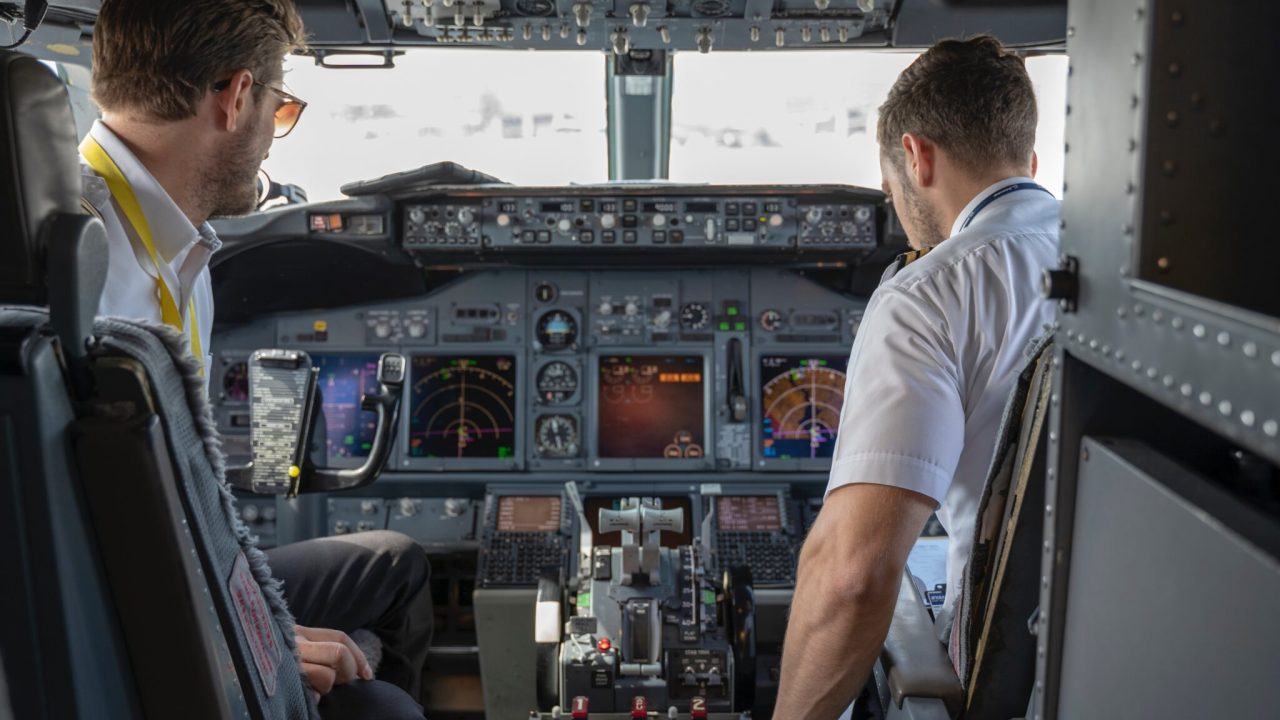Most pilots have been dreaming of flying an airplane since they were little. How about you? If you want to turn that dream into a reality, you will have to follow flight training. But which flight training courses are out there, and which of those matches your dream? In this blog we dive in on the different types of flight training.
Which course you choose depends on the certificate you want to obtain. Do you want to become a commercial pilot? Then you need an ATPL training. Are you not looking for a job as a pilot? You can also do a flight training or course, simply because you enjoy flying. In that case you go for a LAPL or a PPL certificate.
Flying for the fun of it: LAPL and PPL
With an LAPL and a PPL you are authorized to fly in single-engine aircraft. Many flight schools in the Netherlands offer training to obtain these two certificates. Certificate obtained? Then you may fly in good visibility, according to the Visual Flight Rules. With these licenses you are not allowed to be hired as a pilot.
LAPL stands for Light Airplane Pilot License. This license allows you to fly in Europe with single-engine aircraft under 2000 kilos with a maximum of 4 seats. Do you want to pass this certificate? Then you must have at least 30 flying hours, of which at least 6 solo.
The PPL is the Private Pilot License. After 60 flight hours, this license enables you to fly anywhere in the world with heavier single-engine aircraft. That’s great if you, as a businessman for instance, would like to fly to an appointment yourself. This certificate can be extended:
- With an Instrument Rating, which allows you to fly in cloudy conditions.
- With a Multi Engine Rating you are authorized to fly multi-engine aircraft.
Every professional pilot learns to fly in the single-engine aircraft, trying to master the same skills. They do not receive the PPL license, but they do obtain a CPL and the Instrument Rating in the course.
Making money while flying: CPL, MPL
If you wish to pursue a career as a pilot, you need a Commercial Pilot License. You can get this license if you have completed 150 flying hours as a pilot with a PPL. With a CPL you prove that you have advanced flying skills, in addition, the theory is tough: it overlaps almost entirely with that of the ATPL training. It is not for nothing that obtaining a CPL is an intermediate step in every ATPL training. With your CPL in your pocket, your flying career can certainly take off.
- As a private pilot for business travel
- As a pilot of commercial aircraft, for scenic flights or aerial photography
- As a pilot on multi-engine aircraft – but not as a captain
With a CPL you can apply for jobs at airlines, but your employability is limited. In reality, airlines almost always ask for an ATPL in their pilot selection. It is therefore logical that almost every pilot with a CPL prefers to continue for the ‘real work’: obtaining the ATPL.
Training for commercial pilots: ATPL
If you have passed the ATPL tests at the aviation school, you have a Frozen ATPL. From this point on, it’s a matter of clocking up flying hours: to be precise, you must have flown 1500 hours, a significant part of which in a multi-crew passenger plane. If you meet this requirement, your license is ‘unfrozen’ and you have a full ATPL. Now you can fly as a captain in a passenger plane. Now, what does the road to an ATPL look like?
Integrated ATPL training
Want to become a professional pilot? EPST offers integrated ATPL training, the best and fastest choice if you want to become a professional pilot. In an integrated course you follow a fixed program, where the end goal is clear: a Frozen ATPL. Along the way, pick up your CPL and get the Instrument Rating. This form of training is intensive, but therefore also fast: pilots graduate within an average of 18 months.
ATPL courses at EPST
EPST works together with three aviation schools, at different locations in Europe. They all provide a recognized integrated ATPL training. With your ATPL in your pocket, you return to EPST in Utrecht for a Multi Crew Course to Airline Pilot Standards (MCC-APS). After that you can apply for a job with an airline.
Global Aviation in Megara (Greece)
At Global Aviation you work towards your ATPL under the Mediterranean sun. The Greek climate is of course pleasant to live in, but it is also perfect for flying. At this flight school you will spend hours in a Piper Warrior and the multi-engine Piper Seminole PA-44. Read more about Global Aviation.
Aero Locarno (Switzerland)
Lake Maggiore is a popular holiday resort on the border of Italy and Switzerland. Aero Locarno is located on the edge of the lake, sandwiched between the foothills of the Alps. Here you learn to fly with Diamond DA40 and DA42 aircraft. In 20 months you will own your ATPL after hard work. A new class starts here every quarter. Read more about Aero Locarno.
OSM Aviation Academy (Norway)
When you start your adventure at OSM Aviation in Arendal, the scenic Norwegian south coast is the view from your cockpit. In this case you are in the cockpit of a Cessna 172S or a Diamond DA42. Read more about OSM Aviation.

